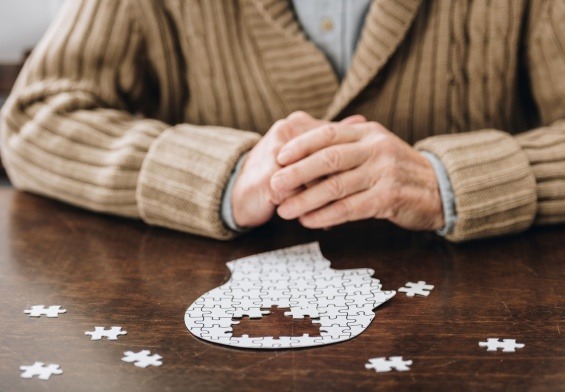Many women burdened by the physical and emotional discomfort of overly large breasts. This procedure not only aims to alleviate such discomfort but also seeks to enhance the overall quality of life for its recipients. By removing excess fat, glandular tissue, and skin, breast reduction surgery brings the breasts into a more proportionate size with the body, addressing a range of issues from chronic pain to self-consciousness in social settings.
The decision to undergo breast reduction is often driven by the desire to live a healthier, more active lifestyle free from the constraints of disproportionate breast size. Large breasts can lead to chronic neck, back, and shoulder pain, skin irritation, and even posture problems, making everyday activities and physical exercise a challenge. Beyond the physical ailments, the emotional impact of having large breasts can be significant, affecting self-esteem and comfort in one’s own skin. This article delves into the intricacies of breast reduction surgery, exploring the reasons behind it, the procedure itself, potential risks, and the pivotal role of in-home care during the recovery process.
Why Opt for Breast Reduction?
Large breasts can lead to a myriad of physical and emotional challenges. Physically, women may experience chronic neck, back, and shoulder pain, posture problems, and skin irritation beneath the breast fold. The weight of excessive breast tissue can cause bra straps to dig into the shoulders, leaving painful indentations. These issues often make it difficult for women to engage in physical activities, leading to a sedentary lifestyle that can exacerbate health problems.
Emotionally, women with disproportionately large breasts may face self-esteem issues, particularly in social situations or when wearing certain types of clothing. Teenagers and young women, in particular, may feel self-conscious in swimsuits and other revealing attire. Moreover, finding clothes that fit well can be a frustrating and demoralizing task.
Understanding the Surgery
Breast reduction surgery involves the removal of excess breast fat, glandular tissue, and skin to achieve a breast size in proportion with the body and to alleviate the discomfort associated with overly large breasts. The procedure can also include resizing the areola to match the newly shaped breasts.
Surgeons typically perform breast reductions under general anesthesia, either in a hospital setting or an outpatient surgery center. The surgery lasts between three to five hours, and most patients can go home the same day. Techniques vary, but the goal is always to minimize scarring while maximizing the aesthetic and functional outcomes.
Potential Risks
As with any major surgery, breast reduction carries risks such as bleeding, infection, and adverse reactions to anesthesia. Other concerns include loss of sensation in the nipples or areolas, scarring, and in some cases, difficulties with breastfeeding. There’s also a risk of asymmetry or dissatisfaction with the aesthetic results, which may necessitate further surgical interventions.
The Importance of In-Home Care
Recovery from breast reduction surgery is a critical phase where in-home care plays a vital role. Proper care can significantly impact the speed and quality of recovery, reducing the risk of complications. Here are some key aspects of in-home care post-surgery:
- Pain Management: Follow the surgeon’s instructions for taking prescribed pain medications. Over-the-counter pain relievers may also be recommended to manage discomfort.
- Wound Care: Keep the surgical incisions clean and dry. Your surgeon will provide specific instructions on how to care for your wounds to prevent infection.
- Rest and Activity: Although rest is crucial, gentle movements, such as walking, are encouraged to promote blood circulation. Avoid strenuous activities and lifting heavy objects until your surgeon gives the go-ahead.
- Support Garments: Wear the surgical bra or a supportive garment as directed. These help reduce swelling and support the breasts as they heal.
- Follow-up Appointments: Attend all post-operative appointments so your surgeon can monitor your healing process and address any concerns.
Embracing a New Chapter: The Path to Recovery and Renewal
Breast reduction surgery marks the beginning of a new chapter in many women’s lives, offering not just relief from physical discomfort but also a renewed sense of self-confidence and well-being. The journey through surgery and recovery is a testament to the resilience of those who choose to undergo this transformative procedure. With the right care, support, and guidance, the path to healing can lead to remarkable improvements in quality of life, allowing women to engage more fully in activities they love without the burden of physical pain or self-consciousness.
The importance of comprehensive in-home care cannot be overstated in the context of a successful recovery. This period of healing is crucial, requiring attention to pain management, wound care, and gradual re-engagement with physical activities. It’s a time for patients to listen to their bodies and follow the advice of their healthcare providers closely. As the recovery process unfolds, the benefits of the surgery become increasingly apparent, manifesting in both physical comfort and a positive shift in self-perception. Ultimately, breast reduction surgery is more than a medical procedure; it’s a step toward reclaiming control over one’s body and life, opening up new possibilities for health, happiness, and fulfillment.




